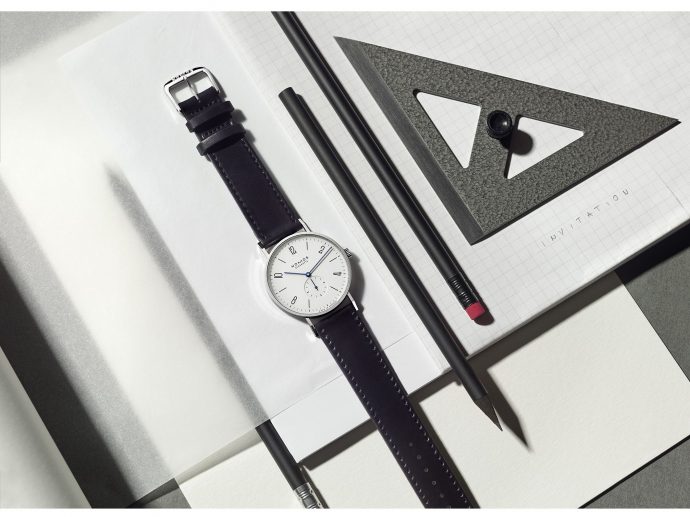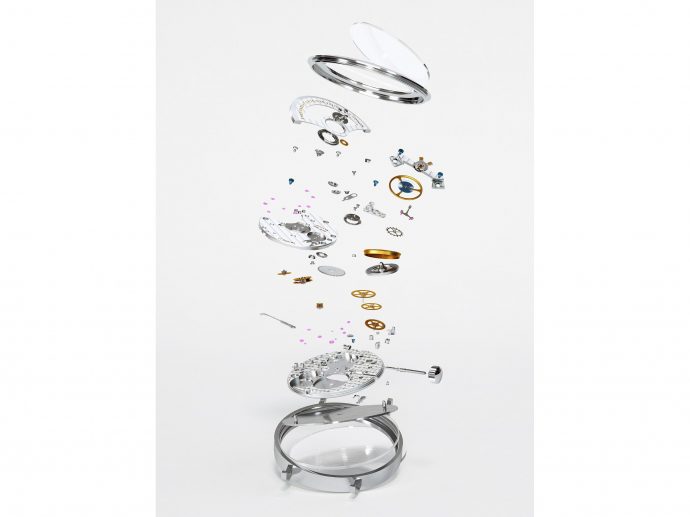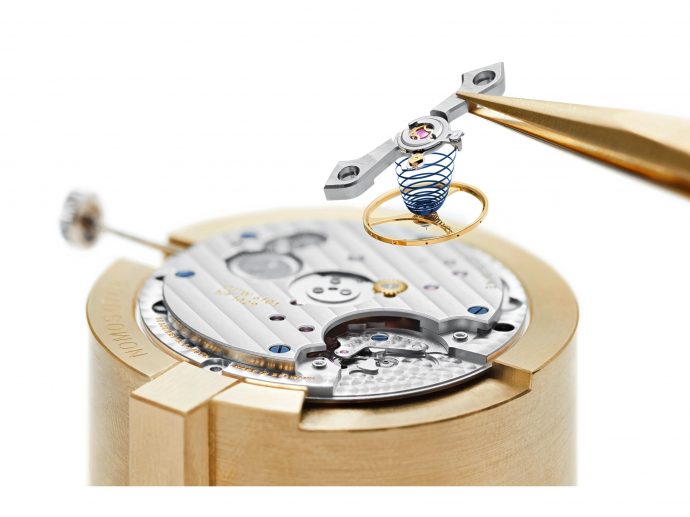Categories more
- Adventures (17)
- Arts / Collectables (15)
- Automotive (37)
- Aviation (11)
- Bath, Body, & Health (77)
- Children (6)
- Cigars / Spirits (32)
- Cuisine (16)
- Design/Architecture (22)
- Electronics (13)
- Entertainment (4)
- Event Planning (5)
- Fashion (46)
- Finance (9)
- Gifts / Misc (6)
- Home Decor (45)
- Jewelry (41)
- Pets (3)
- Philanthropy (1)
- Real Estate (16)
- Services (23)
- Sports / Golf (14)
- Vacation / Travel (60)
- Watches / Pens (15)
- Wines / Vines (24)
- Yachting / Boating (17)
Published
02/23/2023 by NOMOS GlashütteA population-representative survey* conducted on behalf of the comparison website Verivox shows that 38 percent of Germans look at the screen of their smartphones when they want to know the time. A further nine percent use nearby clocks, whether that’s at home, at the station, in the car or at work. However, no less than 52 percent look at the watch on their wrist.
How time is measured
How is time actually measured? How do seconds, minutes and hours get into a watch? How do they get into hand-wound or automatic watches, into quartz watches, smartwatches and smartphones?
Mechanical watches are the crème de la crème, representing watchmaking tradition and craftsmanship, culture and prestige. They are valuable and usually have a long life. Such watches have movements that are hand-wound or automatic. In both cases, their energy store is a mechanical one: a spring. Automatic watches are wound using a rotor. The movement of the wrist causes it to swing, winding the spring. Hand-wound watches, on the other hand, are wound by turning the crown. The spring is then able to release the stored energy for hours—or in the best case, days—and keep the movement ticking.
Quartz watches have battery-powered quartz movements. And smartwatches are purely electronic devices that are usually connected to a smartphone and are often not primarily intended to display the time at all, but rather to monitor health data, for instance. These watches also have batteries where they store energy, and these generally need to be charged via an outlet.
How precision is achieved
That all seconds are always the same length, that watches run neither too fast nor too slowly, is thanks to a pacesetter that swings at regular intervals and is consequently responsible for the tick-tock. In a quartz movement, a crystal—quartz—sets the pace, oscillating under voltage at high frequency and very regularly, like a tuning fork, only smaller and very quietly. Most smartphones get the time automatically from servers on the Internet. If they are offline, the time simply continues to run in a local clock. But what about the energy? For these, smartwatches and quartz watches need rechargeable batteries.
Neither quartz nor a battery can be found in mechanical movements. Instead, an escapement, consisting of a balance spring, pallet fork, pallet and crucially the balance cock, keeps the time; the latter is a fine wheel that swings back and forth regularly. Very few watchmakers worldwide produce these escapements themselves: at NOMOS Glashütte, for example—the manufacture that produces the highest number of mechanical watches in Germany—watchmakers install a special escapement called the NOMOS swing system, which is developed and manufactured in-house. The finest watchmaking expertise, which guarantees the exceptional precision of these mechanical watches.
What else wristwatches can do
Either way, although most people still consult a traditional watch to tell the time, there are more smartphones than watches around. After all, almost everyone owns at least one smartphone, even those who wear a wristwatch. And another finding of the study reveals that the likelihood of a person wearing a watch does not correlate with age, but increases with income and level of education. Jens-Uwe Theumer, Vice President at market analyst Verivox explains: “Wristwatches aren’t just timepieces; they’re also status symbols.”



















